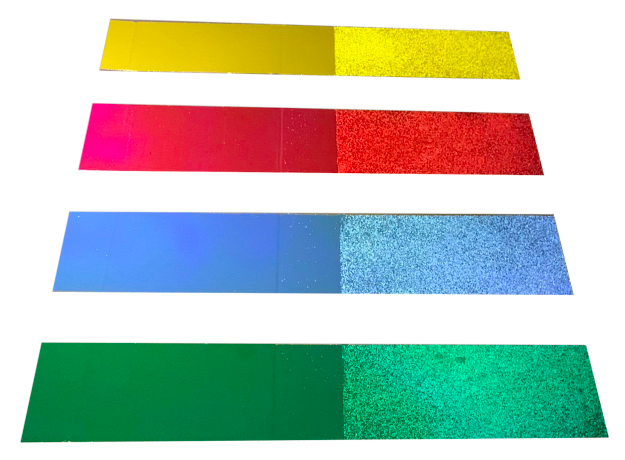Why do we Add Glass to Line Markings?
Glass is frequently used as an additive to line marking paints. But what are the reasons for adding glass to line marking?
There are two main uses for glass in line marking, firstly and probably the most obvious reason to add glass to line painting is for its reflective properties. This can be used as part of road safety measures and is also commonly used in and around airports.
The second use of glass is as an anti-slip additive.
Anti-slip Additives
Crushed glass is usually added when installing playground markings. The glass is sprinkled on top of the playground markings whilst they are melting.
You may think that this sounds quite dangerous, especially as children will be playing on them, but the grain is so small that it would be nearly impossible to cut yourself with it.
Glass Beads in Line Marking
Glass beads are used to add reflectivity to line markings in low light hours. As well as being used on roads for traffic safety, glass beads are also used at airports.
They are frequently used in areas where passengers need to be able to clearly see the specific routes to take for safely boarding and disembarking aircrafts. They can also be used for airport runway markings, including runway numbers, runway center lines and airport holding positions.
This can help pilots to see the markings on the tarmac aprons and taxiways in adverse weather conditions such as heavy rain and fog making it easier for them to follow the correct route.
How do Glass Beads Work?
Glass beads work by reflecting the light back to its source, similar to how a reflective strip works on high visibility clothing.
With all high performance glass beads produced for markings, each type has an index number. the higher the index, the more reflective they are.
Here is an example of markings with and without reflective glass beads.

Beads can be used in almost any paint markings to provide a safer passage for pedestrians and vehicles in almost any situation.
Glass beads can also help to prolong the life of the products or paints laid. This is because when a wheel or foot passes over a line with beads on it, the product is somewhat protected by the glass bead. In some cases, the markings can last 4 to 5 times longer than they would without.
